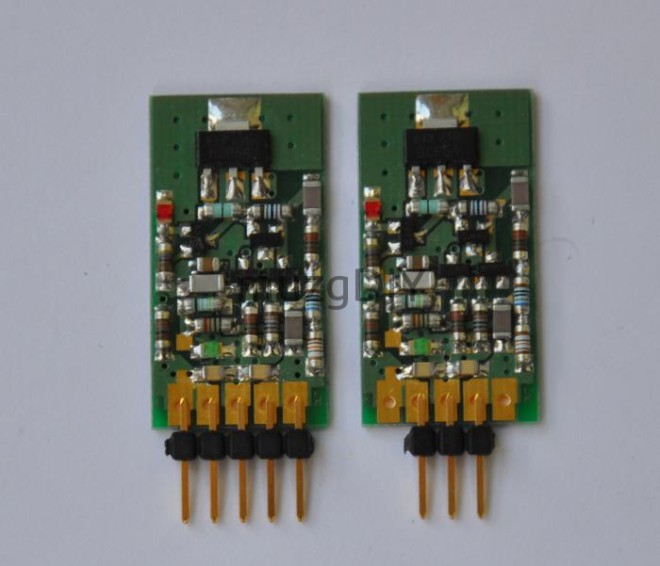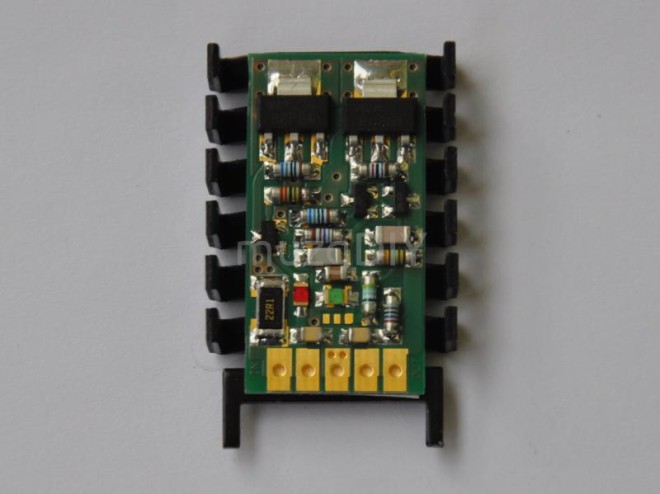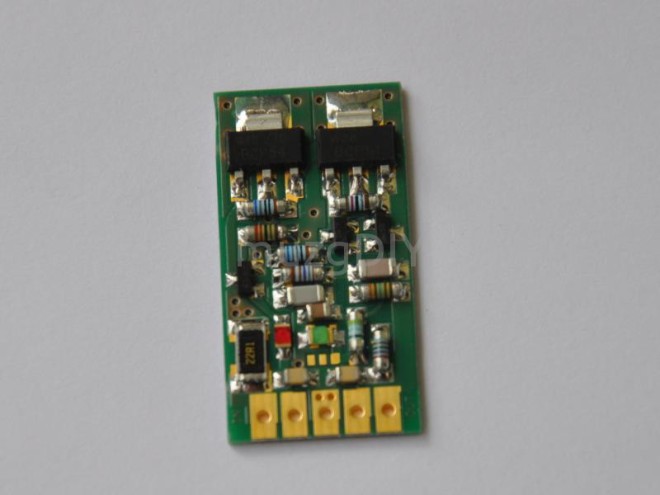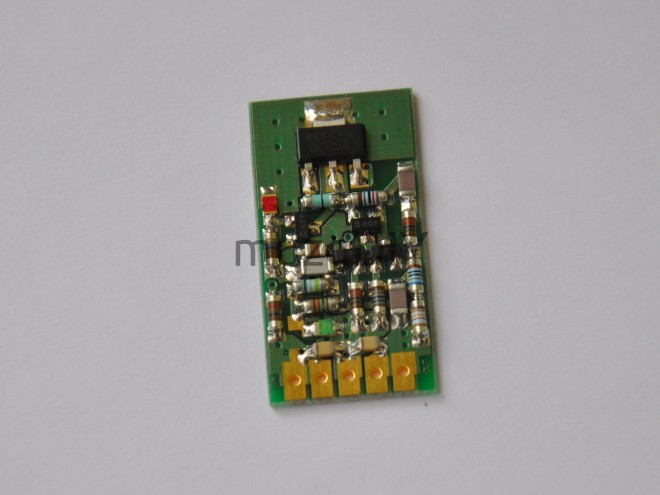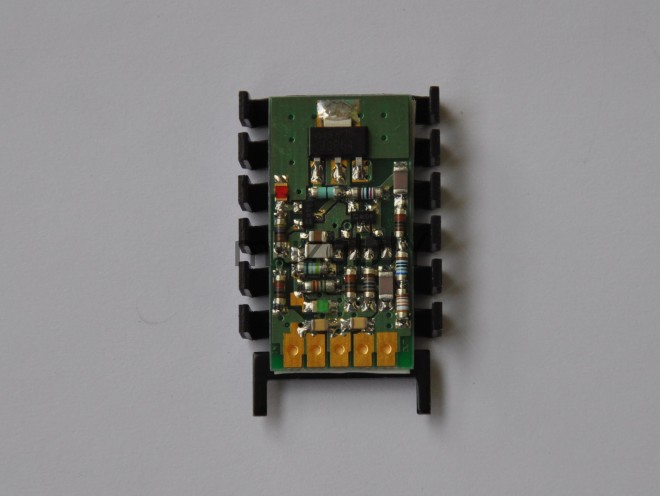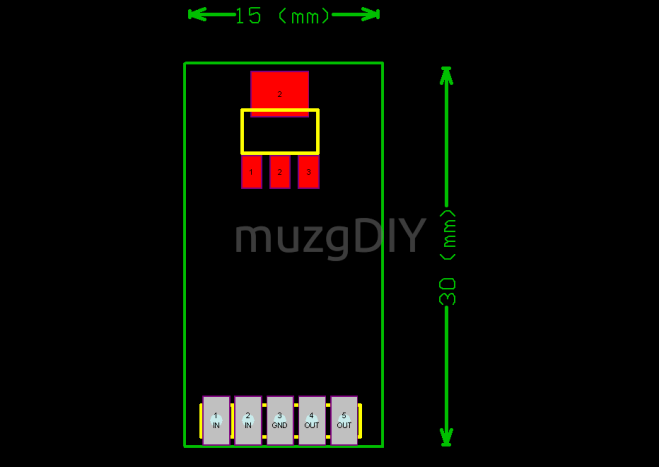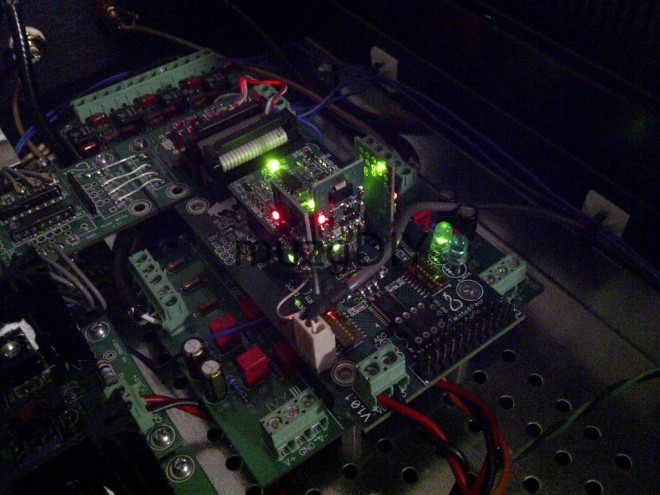After long break from designing new voltage regulator topologies I decided to create some shunt regulator with opamp based error amplifier.

Like all my shunt regulator this one is also uses Shiklai based current source at the input but rest of design is totally different but it is nothing new on the market. Similar topology is used in TPA Trident regulator and Tent Regulator but it not has a disadvantages of the first one. Output voltages not varies from input voltage and is stable in every load condition.
Current can be set up to 100mA!
Specially designed to power precision audio components like: DACs, ADCs, S/PDIF receivers, clock circuits.
Voltage reference based on LED diode to ensure low noise. There are possibility to use precision voltage reference instead of LED diode for good voltage precision and temperature stability.
Simply decoupling circuit on regulator PCB is sufficient to ensure stability of regulator but external high capacity can be connected to provide low ripple with high speed output current change.
Dropout voltage is at least 1,5V, but I recomend values from 2V to 3V. You must calculate this for power dissipation max. 1W.
Pinout compatible with standard LM78XX regulators like LM7805 and similar. If LM78XX regulator will be replaced by V8.0 only 3 central pins can be used. If board is developed specially for V8.0 all 5 pin can be used.
Dimensions are always the same: 30mm x 15mm.













